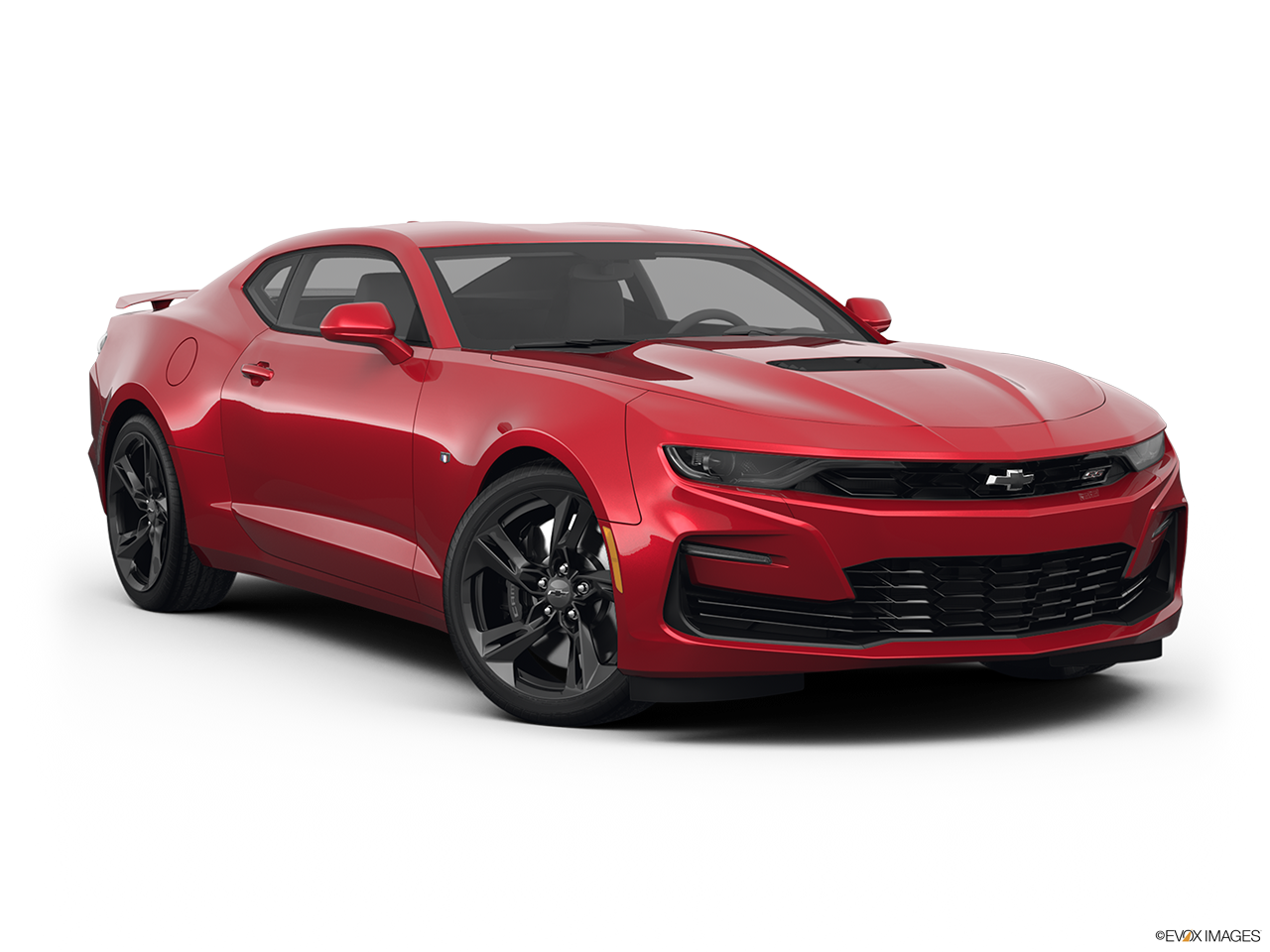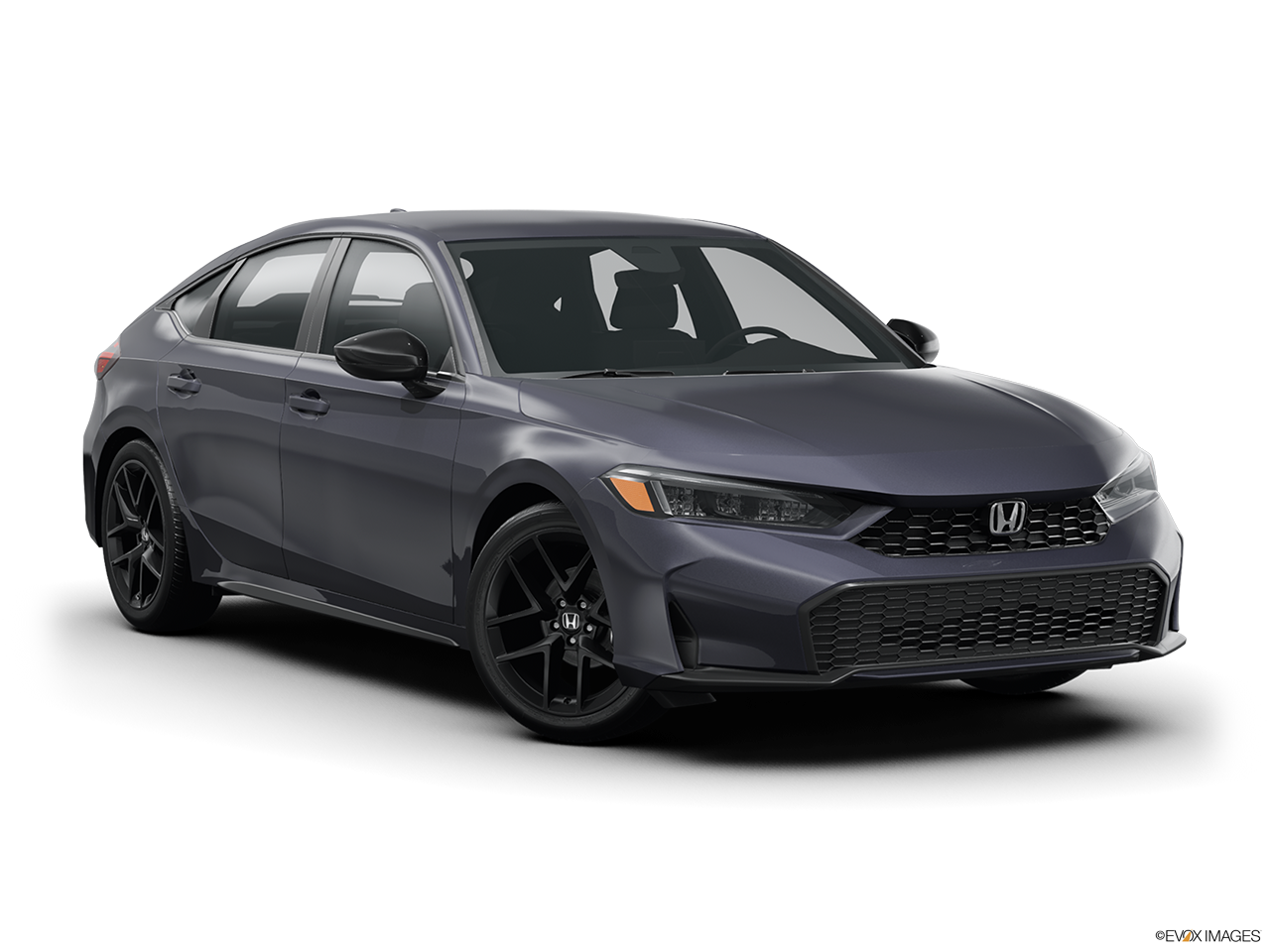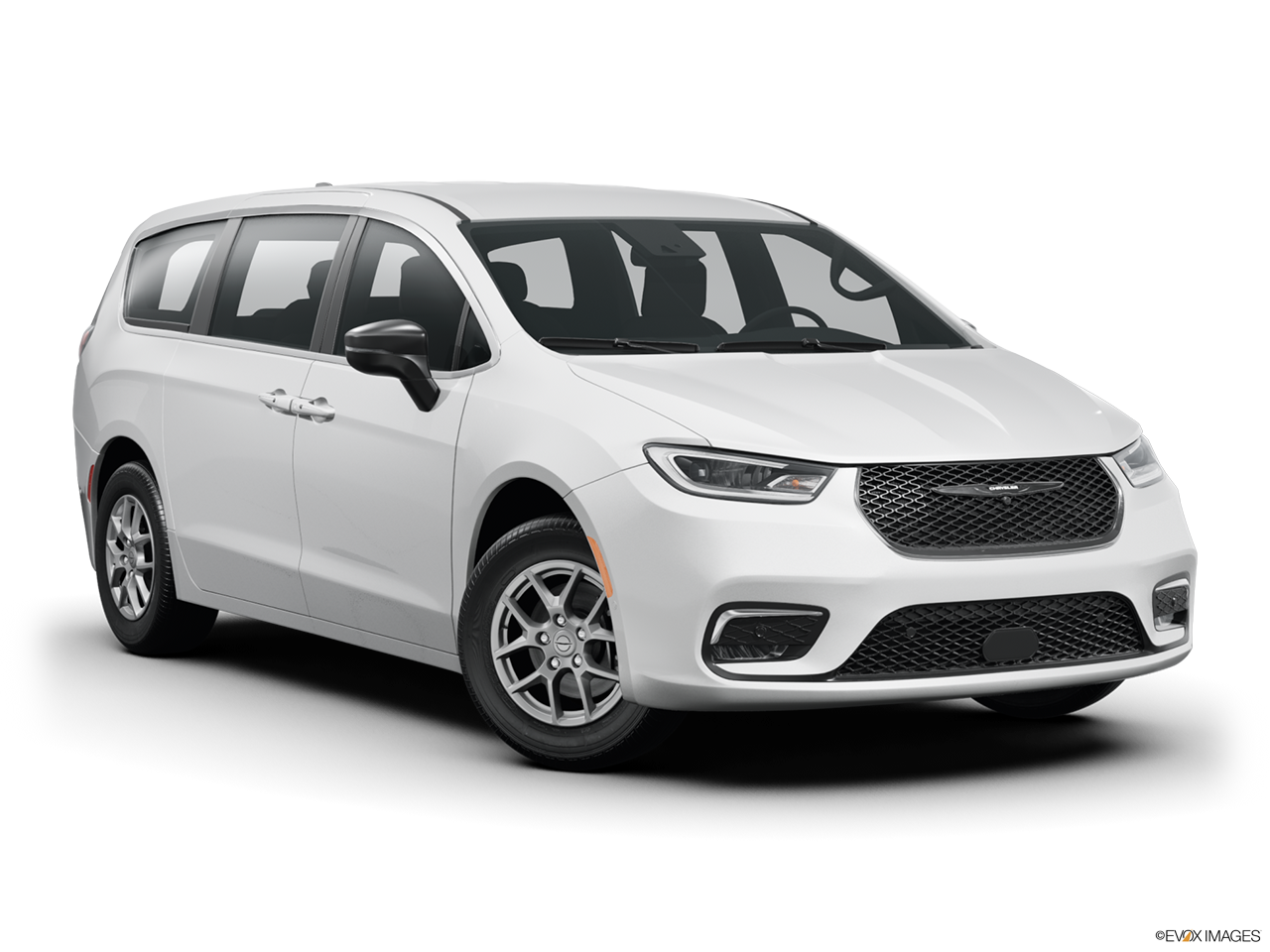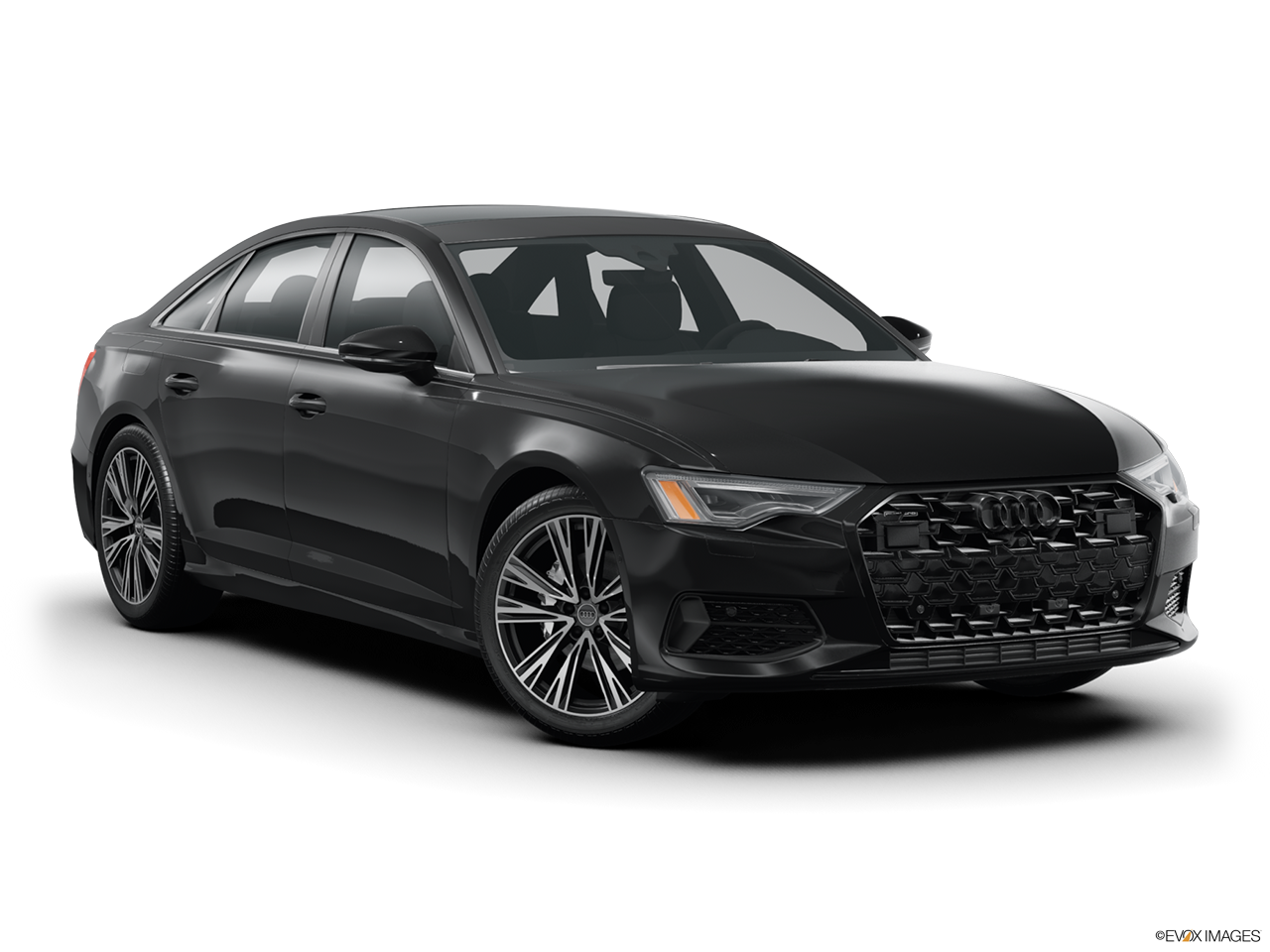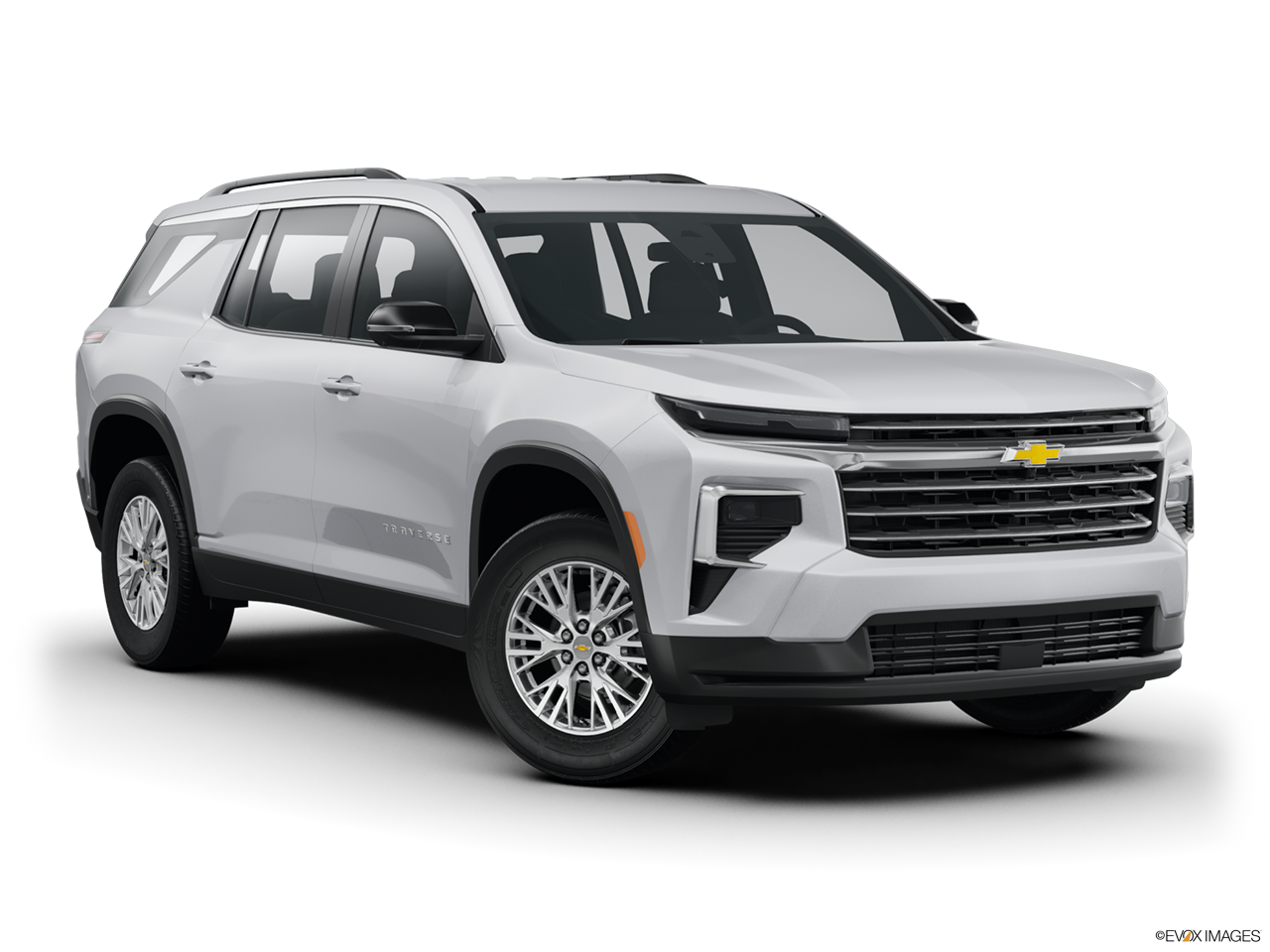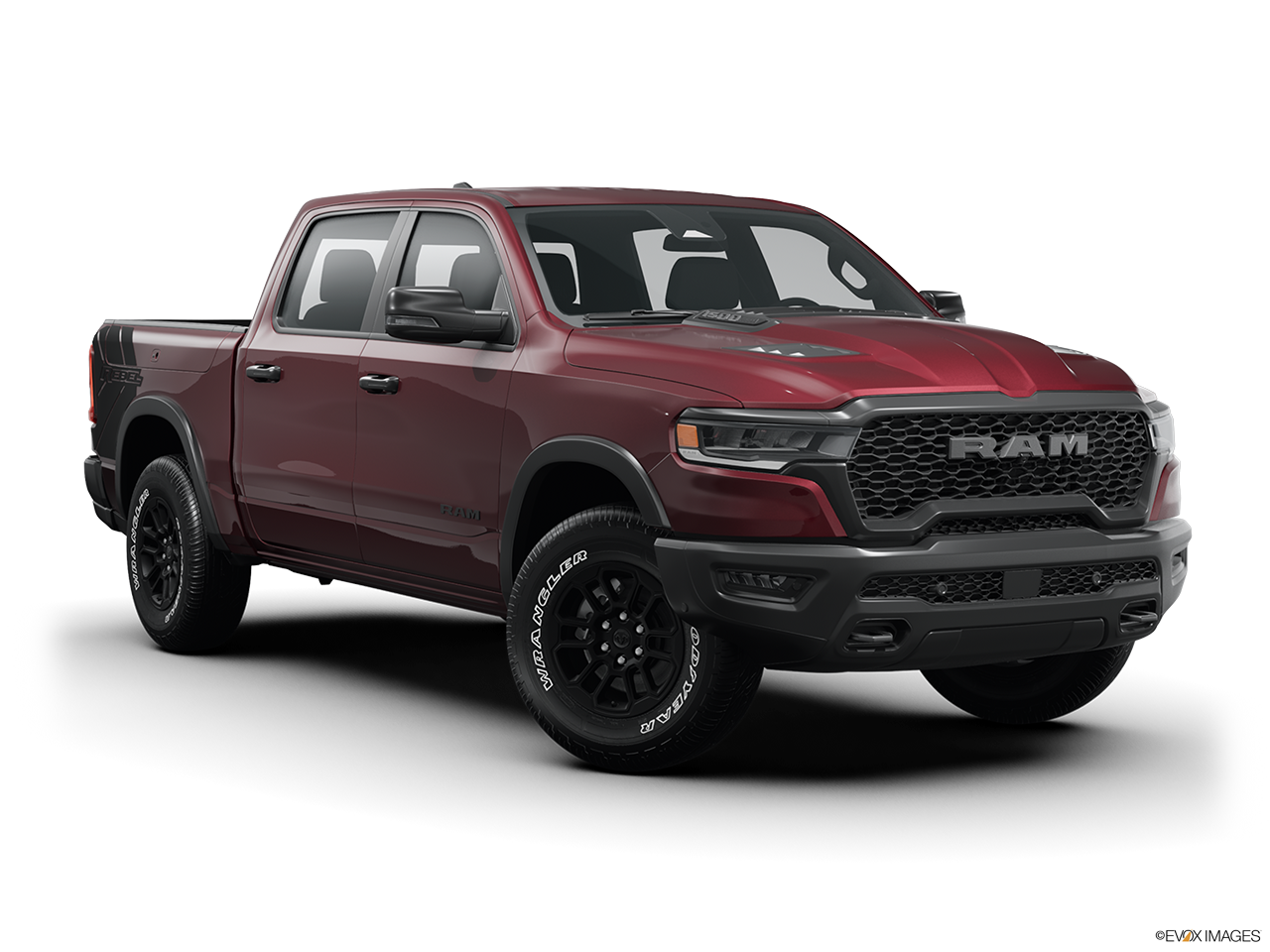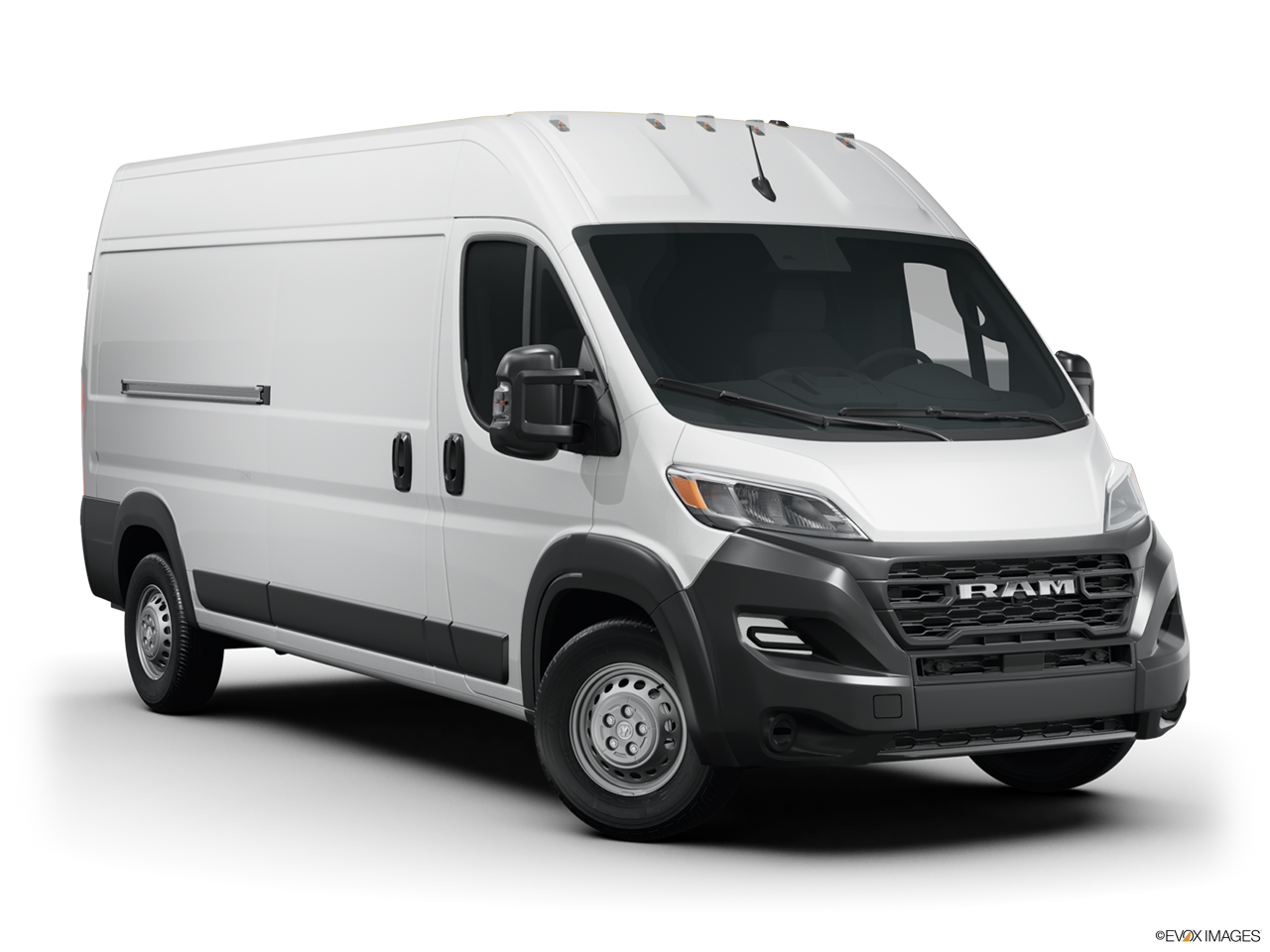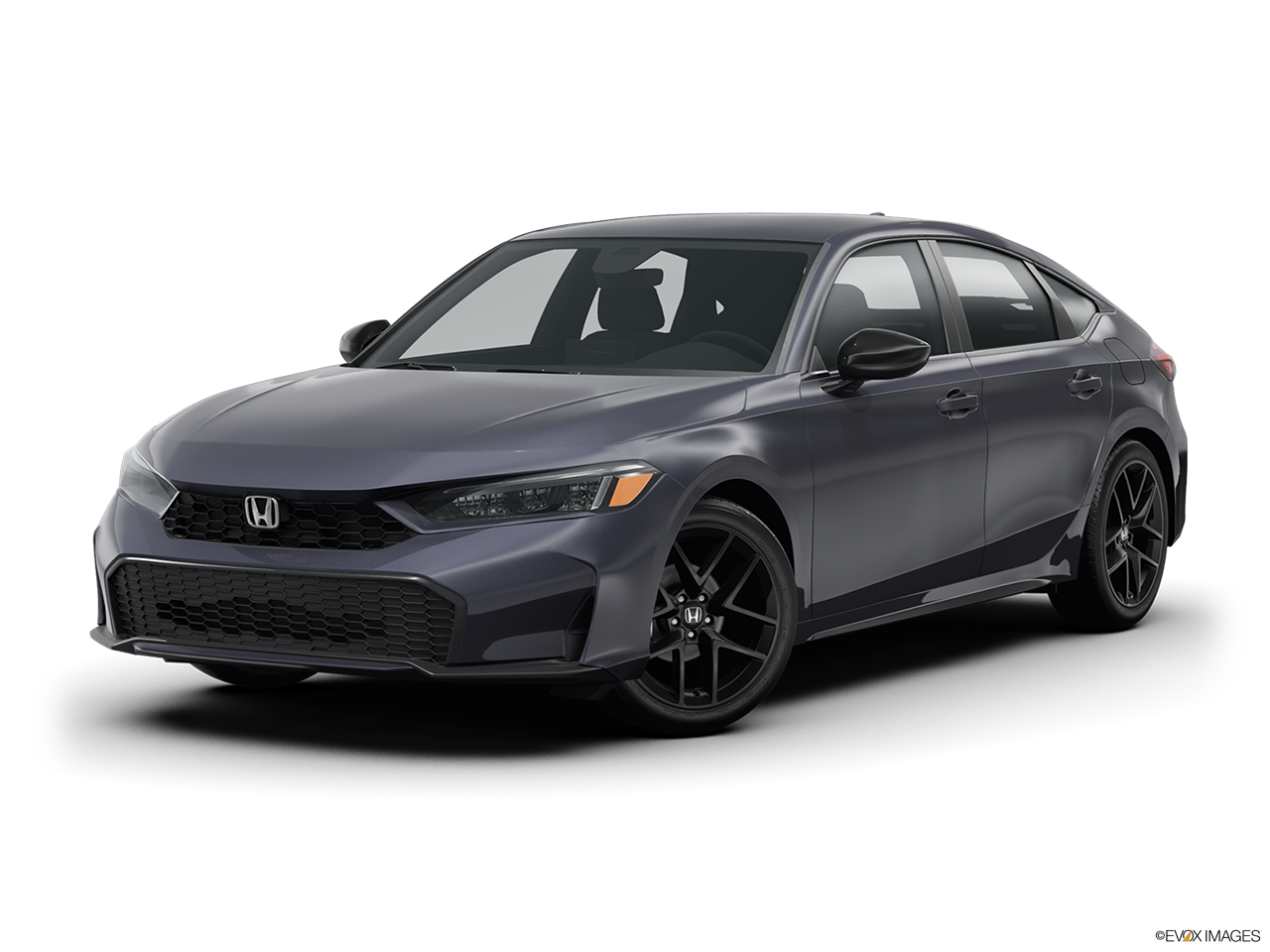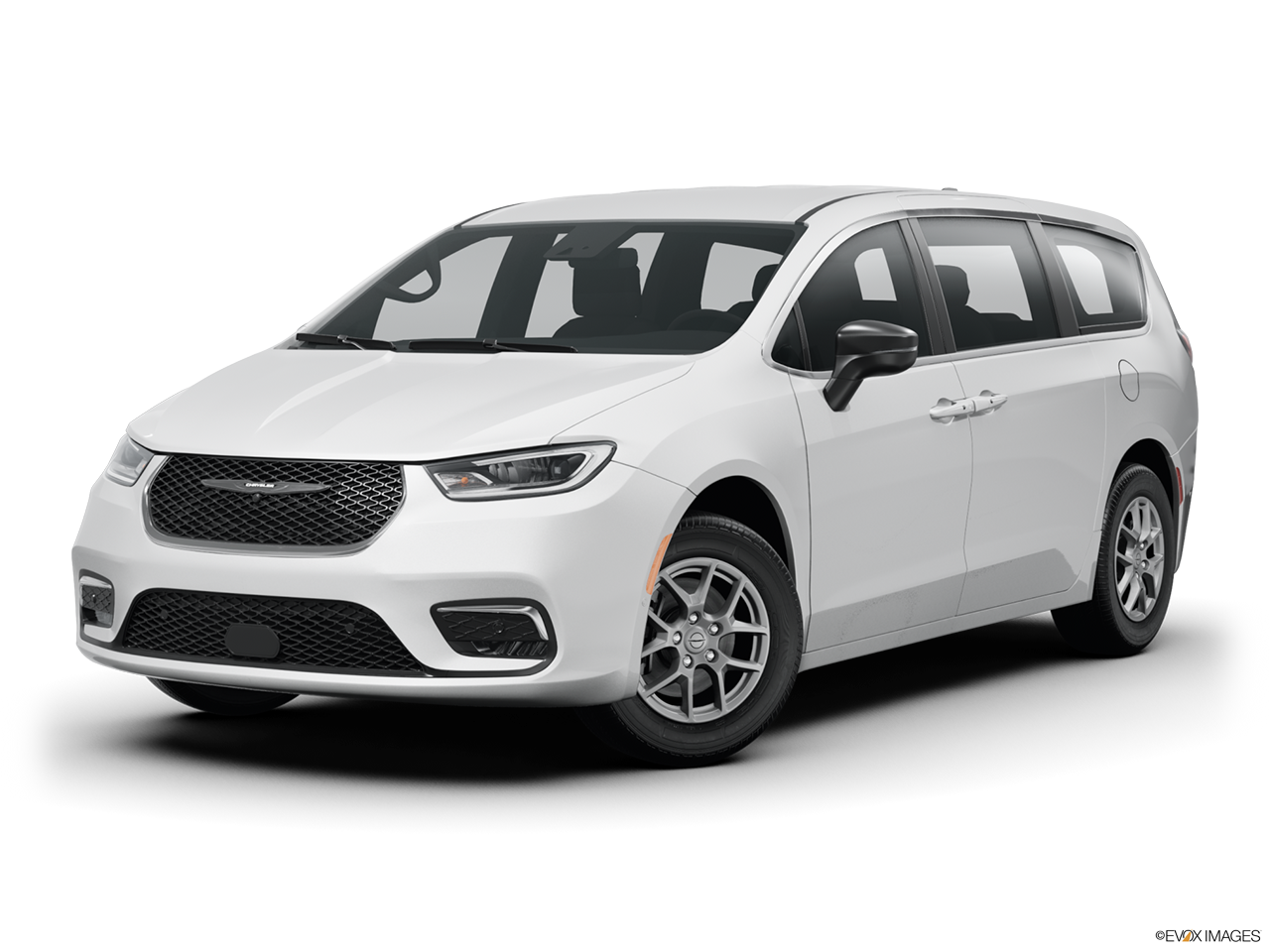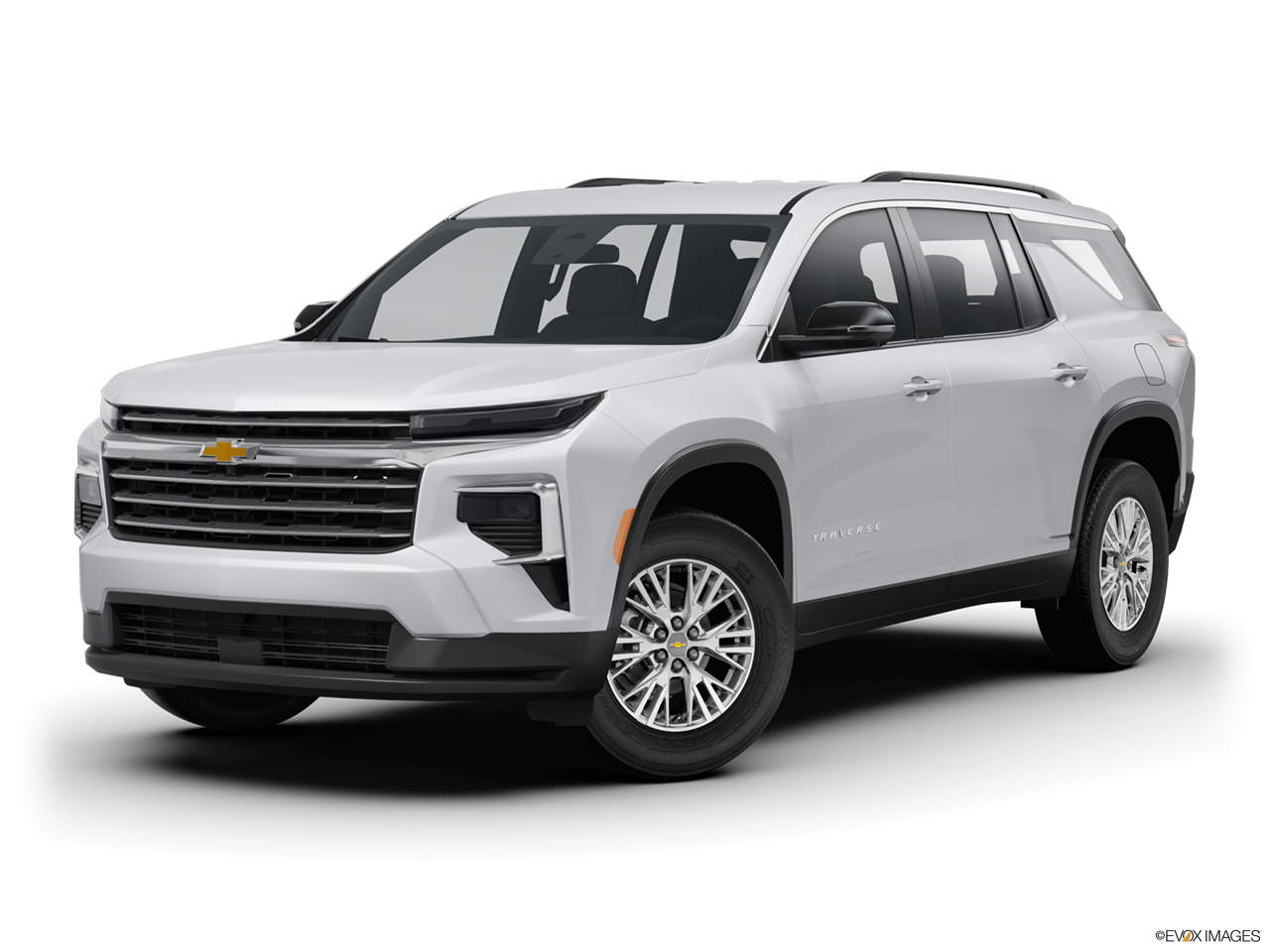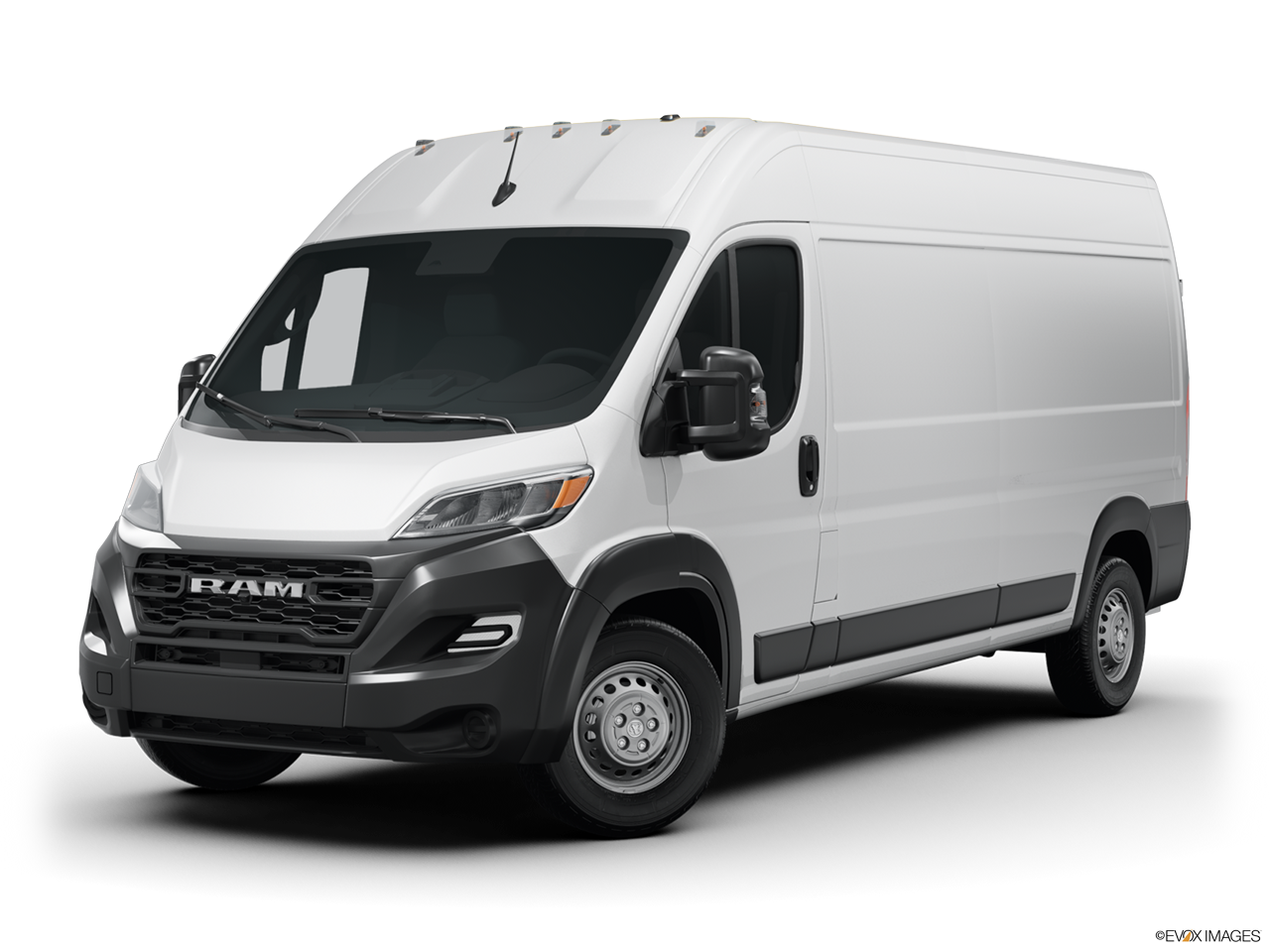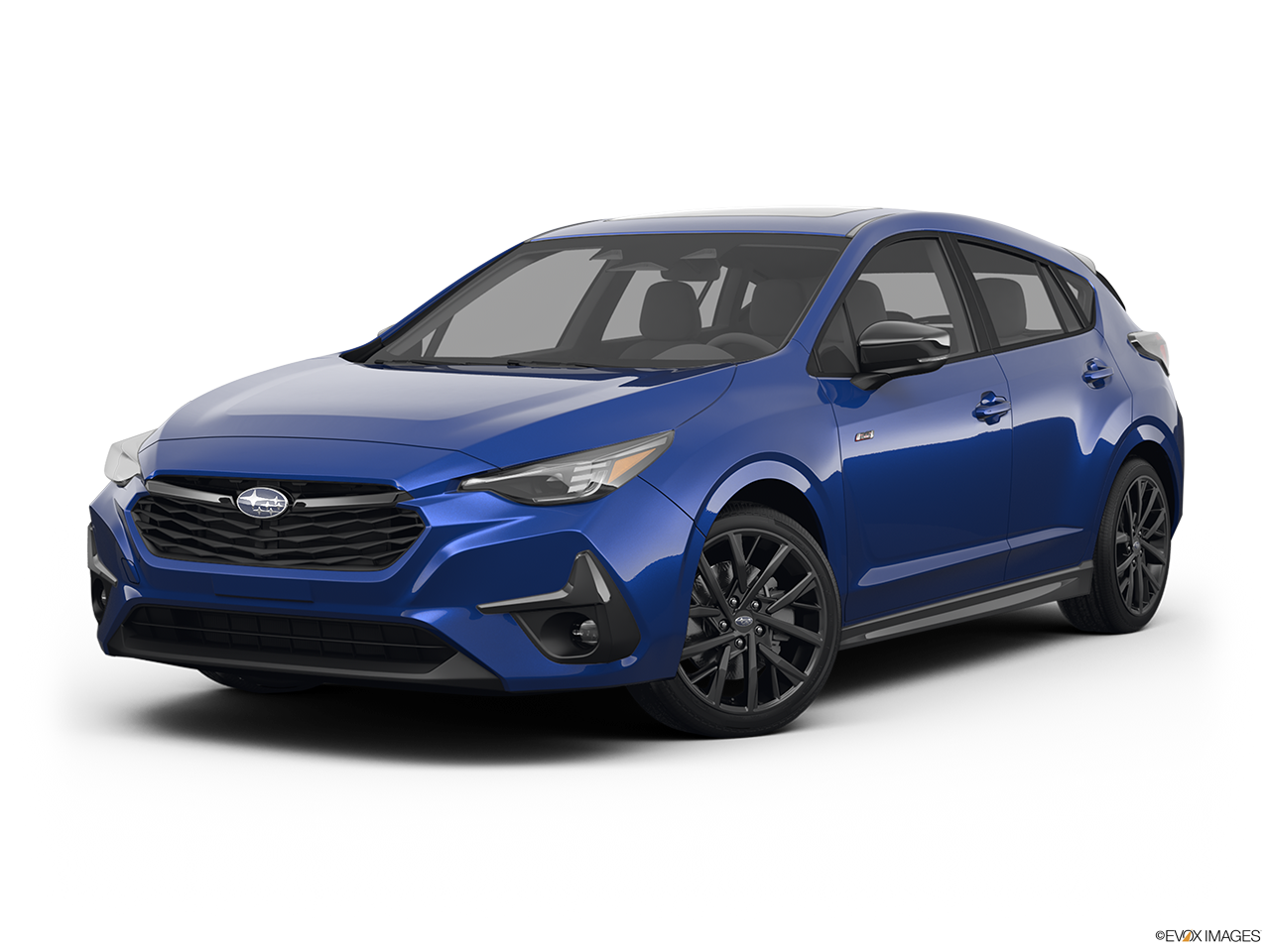Domestic Brands Are Still Charging Extra For Advanced Safety Tech
By Jakob Hansen, 10/28/2022
Safety features are getting more important, so why are American automakers still charging extra?
According to our data, what you glorious Americans want, isn't luxury. It’s safety. First off, let me just say, I’m proud of you America. Sometimes, we can get over our ostentatiousness and focus on what’s really important. It’s not often that we see that come through, especially through sales data. Data that is essentially based on our love for buying something shiny and new. But this time, we see that Americans care more about keeping our butts safe, rather than comfortable.
The odd part is, our car manufacturers aren’t following these sales trends. American automakers are still prioritizing luxury features over safety features, and it’s starting to show in the sales reports. Japanese and Korean brands, on the other hand, have seen the light and are offering advanced safety features, such as automatic braking, forward collision alert, blind spot monitoring, and even adaptive cruise control, as standard base level options. Let’s dive into the numbers and see where the American brands are getting this wrong.
Ford, for example, has an amazing new vehicle with the redesign of the 2020 Ford Explorer. It’s one of my favorite SUV’s available today and is a great family vehicle. The issue is, however, that the explorer has a starting MSRP of around $36,675. Not bad for a third-row SUV. This does come with some of the advanced safety features like blind Spot Monitoring and Automatic Braking. The problem is that to get any of the advanced safety tech, you have to jump up trim levels, a $6,200 increase, to get the full Ford Co-Pilot 360. For those of us that don’t want all the other jazz, and just care about the safety of our kids in the back, this isn’t a practical decision.

Photo: Ford
Ford’s Detroit cousins aren’t much better off. The Chevrolet Traverse, again, quite the competent family SUV, has a starting MSRP of $29,800, quite the deal it seems. The issue is the Convenience and Driver Confidence Package, which includes blind spot monitor, lane change alert, and rear cross-traffic alert, is an $1,800 option. Even worse off, to get more advanced safety tech, like forward collision warning, low-speed automatic braking, and automatic pedestrian braking, Chevrolet forces a bump up to a Traverse FWD Premier, with an MSRP of $47,170! Not sounding like such a good deal anymore.
Now crossing the Pacific, the Koreans and Japanese have a bit of a different outlook on these features. Instead of standard features like LED tail lights, power liftgate trizone climate control, and automatic headlights, which are all awesome features and are definitely great selling points, the Japanese focus on safety features as standard in their vehicles.

Photo: Toyota
The Toyota Highlander approaches selling features from a different perspective. With a starting MSRP of $31,830, you get Toyota Safety Sense, which includes pre-collision warning, pedestrian detection, adaptive cruise, and lane departure warning. The entry-level Highlander is missing a lot of the convenience features that Chevrolets and Fords come with, but the safety features are standard, and that is exactly what people are looking for.
Honda and Subaru are no different. The Honda Pilot, starts at $31,550, and is one of the highest rated SUVs already. Add in the fact that Honda Sensing comes with lane departure warning, lane-keep assist, adaptive cruise, and automatic braking, it really becomes a sweet deal. The Subaru Ascent comes with EyeSight out of the box as well. Starting at $31,995, the safety features are included in the base model. Things you would have to charge a pretty penny for in an American brand. The Korean brands are following suite as well. The Kia Telluride, Kia’s new large and stylish third-row SUV, has a starting MSRP of $31,690 and comes standard with automatic braking.

Photo: Kia
It’s none too surprising that the Japanese and Korean brand shave this as their focus. Since they first started coming to the US, they have focused their brands on practicality and reliability, advanced safety features are really just an extension of what they do right. Truthfully aesthetics and opulence have never been the focus of these brands, and the strategy has clearly paid off. Even Lexus (Toyota), Acura (Honda), and Genesis (Kia/Hyundai) take the same “practical luxury” approach. Rather than an ultra luxury or sports luxury, like Mercedes or BMW, they have a practical reliable luxury car.
You would assume that the American brands would catch on to this sales technique, and I’m sure in time, they will be forced to. But for now, if you are like most other Americans, and you care more about keeping your baby safe rather than having an easier time opening your tailgate, I would turn your eyes across the Pacific and see what the Japanese and Koreans brands have to offer right now.
|
|
Jakob is our writer with a love for all things automotive. He comes from a dealer background with experience on both sides of the fence. Knowing the system inside and out, he knows the best cars and the best deals. No matter what. |

